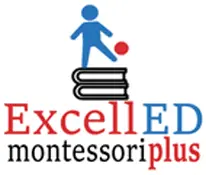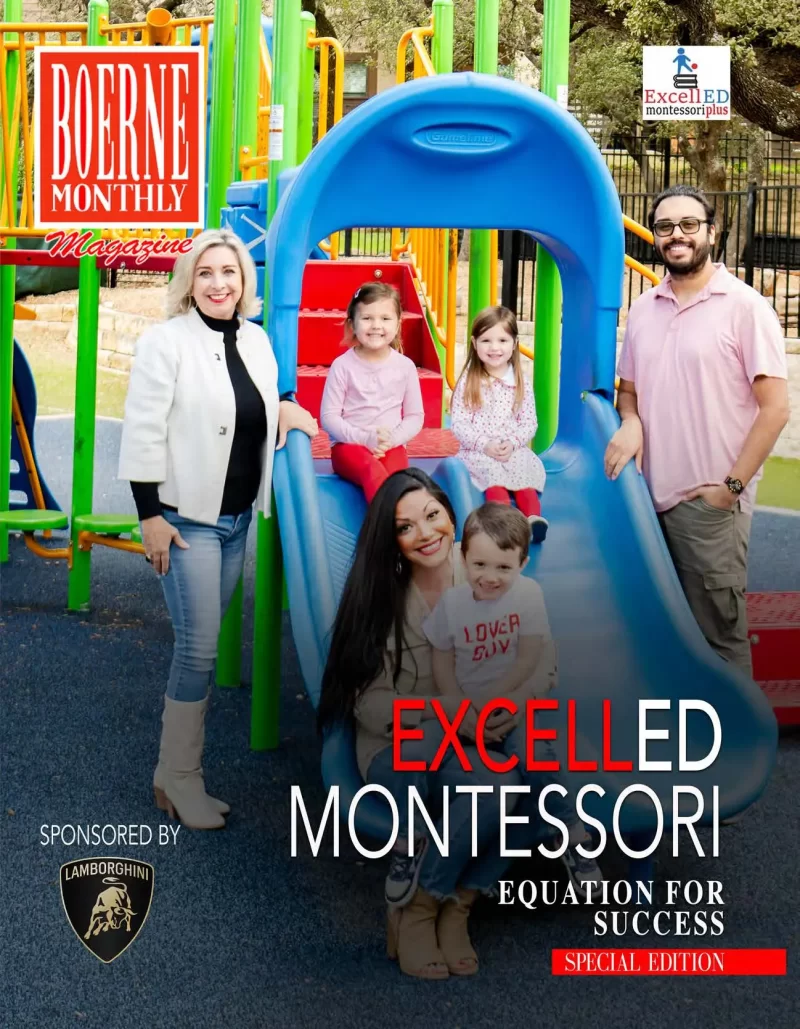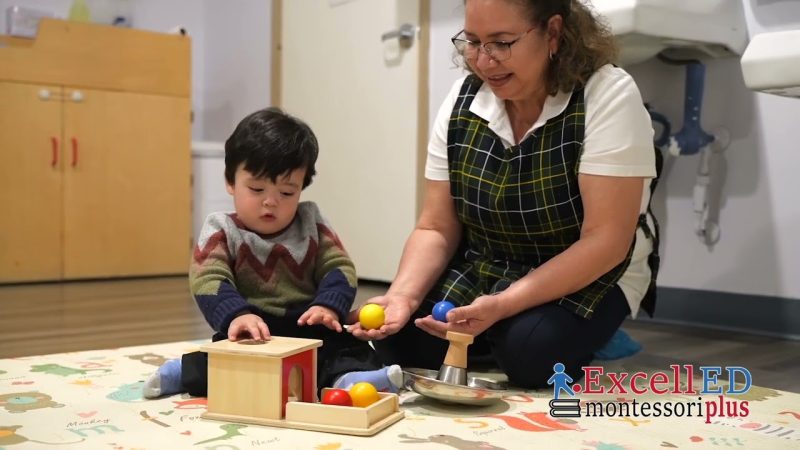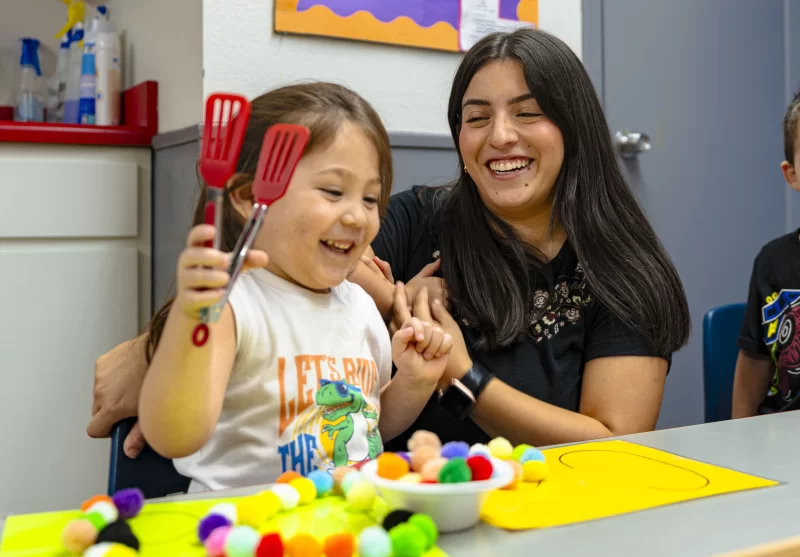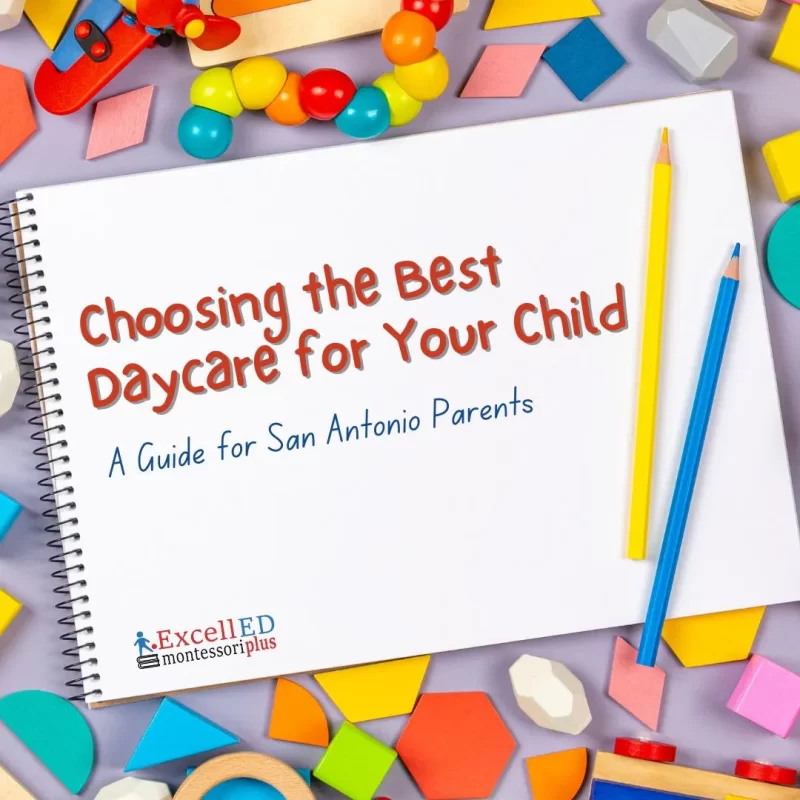El bilingüismo es el mejor regali que le puede dar a sus hijos.
What is Bilingualism?
In our increasingly connected world, speaking multiple languages is more valuable than ever. A bilingual person can switch between two languages easily and use both in daily life. For example, a child who speaks English at home and learns Spanish at school is bilingual. Bilingualism, the ability to understand and use two languages fluently, offers many benefits that extend far beyond communication. For children, being bilingual is a gift that can enhance thinking skills, school performance, cultural awareness, and future job opportunities.
The Growing Importance of Bilingualism in the USA
In the United States, the importance of bilingualism is growing quickly. Currently, 33% of young children between birth and eight years old are learning two or more languages at the same time (commonly referred to as dual language learners – DLL). This number is expected to rise, and soon, half of the American population will be bilingual. This shift highlights the need to support bilingual education and prepare our children to thrive in a multilingual world.
- Are you ready to raise a bilingual child? Topic Outline:
- What is Bilingualism?
- How can you prepare your child to be bilingual?
- Montessori & Bilingualism
7 Benefits of Bilingualism on Brain Development
Bilingualism offers significant cognitive benefits and positively impacts brain development.

1. Better information processing: Bilingual children have a higher density of grey matter in the brain. Grey matter processes the information generated in the sensory organs. Children learn predominantly through their senses; thus, bilingual children have a more remarkable ability to process and sort through this sensory input.
2. Better executive functioning: The saying goes,’ The more neurons that fire together, wire together.’ A bilingual child has an increased number of neurons firing together, which leads to a healthier, more efficient brain as more parts are being used and activated. Like a muscle, the brain, if exercised, strengthens its functional ability. Executive functioning includes adaptable thinking, planning, self-monitoring, self-control, working memory, time management, and organization.
3. Better problem-solving: Speaking more than one language strengthens the brain’s dorsolateral prefrontal cortex, which is responsible for problem-solving. The increased neural plasticity of a bilingual child’s brain allows the child to understand a problem from many more angles.
4. Better concentration: Bilingual children learn to shut down certain aspects of the brain to access each specific language, which gives the child the ability to shut down certain stimuli to concentrate more fully. Therefore, the child can more easily focus on tasks and filter information efficiently.
5. Increased creativity: Bilingual children have a greater capacity for creative thinking due to the increased number of neural pathway connections activated in the brain, which allows the child to see a situation from many different angles, thus giving the child greater awareness, understanding and creative insight.
6. Better communication: Bilingual children are much more aware of the nuances and intonation of language and more easily pick up on the subtle cues of communication. They have had to hone their listening skills to decipher between the different languages and are thus better listeners. Although it may take a bilingual child longer to speak initially, he will have more in-depth communication later.
7. Better social awareness: Bilingual children have been seen to have more effective social skills and are more open-minded and accepting of cultural differences. Communicating with different cultural groups builds confidence and develops cultural awareness, enhancing empathy and compassion for others.

““…it appears that when families have another language that can be spoken in the home where children are being raised, it could be an opportunity to both enrich their language skills and also provide a cognitive boost for their highest brain networks of executive functions.” – Judy Willis, M.D., M.Ed.
Navigating Bilingual Parenting
Fluent in multiple languages and wondering which language to speak to your child? Are you worried that more than one language may be confusing in your child’s development? Do you have questions about how to introduce your child to another language?
You are not alone; many bilingual families face the same dilemma, an extraordinary predicament, as research has shown that children who learn more than one language have a significant advantage in life. There are two effective models for teaching your preschoolers two languages: Spanish Immersion and Dual Language programs. Click on each link to better understand each model.
Montessori Methods to Maximize Bilingual Benefits
Montessori education, emphasizing individualized learning and a prepared environment, is particularly well-suited to support bilingualism. Here’s why it is beneficial to your child and how to expose your child to multiple languages the Montessori way: Montessori And Bilingualism: A Perfect Pair For Early Education
Conclusion
Bilingualism is indeed a precious gift to your child, offering lifelong benefits that span thinking skills, school success, social growth, and job opportunities. By fostering bilingualism from an early age, parents and educators can help children develop essential skills that will serve them well throughout their lives. Embracing bilingualism enhances individual growth and enriches our collective cultural tapestry, making our world more connected and understanding.
- Are you ready to raise a bilingual child? Topic Outline:
- What is Bilingualism?
- How can you prepare your child to be bilingual?
- Montessori & Bilingualism
Ready to see how Excelled Montessori Plus brings the magic of dual-language learning to life? Head over to our Spanish Grove Academy page! There, you’ll find informative videos showcasing our classrooms and curriculum in action, alongside testimonials from parents who have witnessed their children blossom through this innovative educational approach. We’re confident that Excelled Montessori Plus can provide the perfect environment for your child to thrive in a dual-language setting.


